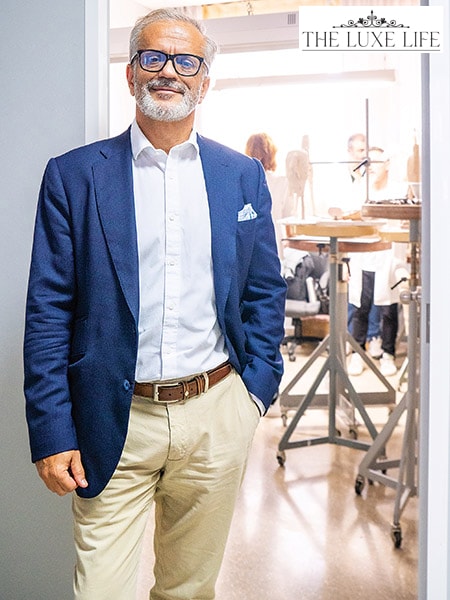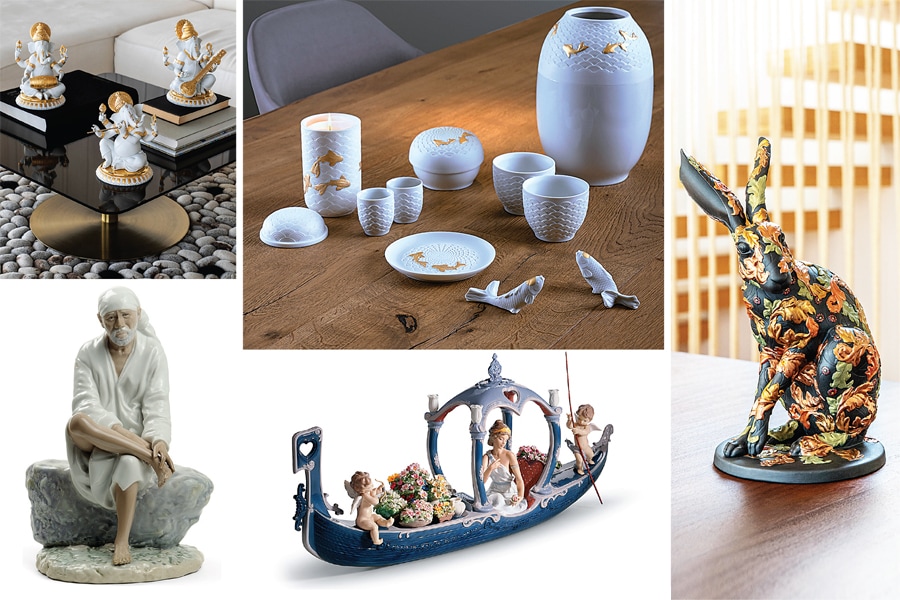
India is a very powerful luxury market: Lladró
Fernando Gallego Cruz, the global sales head of the iconic porcelain brand recounts the brand's 69-year history and its journey in India
 Fernando Gallego Cruz, Global sales director, Lladró
Fernando Gallego Cruz, Global sales director, Lladró
Three brothers, Juan, José, and Vicente Lladró were studying art when, in 1953, they decided to build a kiln at their parents’ home in Almacera, in the city of Valencia, on Spain’s eastern Mediterranean coast.
With classical figurines, jugs, vases, porcelain flowers, and candelabras as some of the first objects they sculpted, they began by selling at a local market and established it as a business in 1956. Due to increasing demand, they eventually moved out from their small family workshop to a factory in the town of Tavernes Blanques, which to date, is still the headquarters and the only factory of Lladró, the 69-year-old iconic brand that creates pieces of art with porcelain.
Traditionally known for its exquisite and iconic characters in porcelain, Lladró has embraced strategies to satiate the demands of millennials and diversified into lighting, lights and scents with lithophanes, and jewellery. It launches more than a hundred pieces every year, and has even collaborated with renowned external designers such as Paul Smith and Gary Baseman.
Lladró has presence around the world, with Japan, USA, Europe, India, and South Asia as the top five markets. In India, the brand made an entry in 2006, spread across seven cities, with a store in each. In 2017, the company was acquired by the PHI Industrial Group, a Spanish investment fund specialised in the active management of companies.
On a recent visit to India, Lladró’s global sales director Fernando Gallego Cruz, who has led the brand for 32 years, spoke to Forbes India about the brand’s growth, diversification, and its performance in the Indian market.
(This story appears in the 30 November, -0001 issue of Forbes India. To visit our Archives, click here.)









